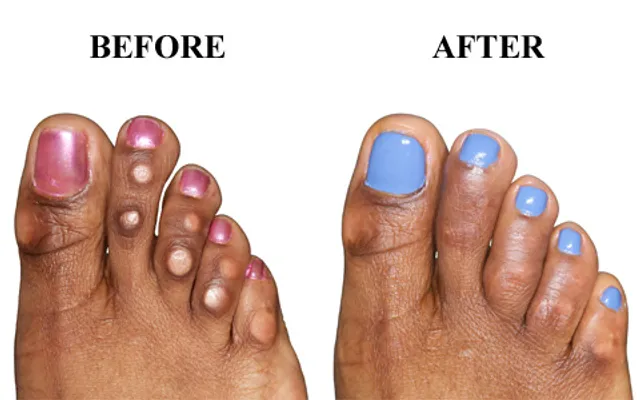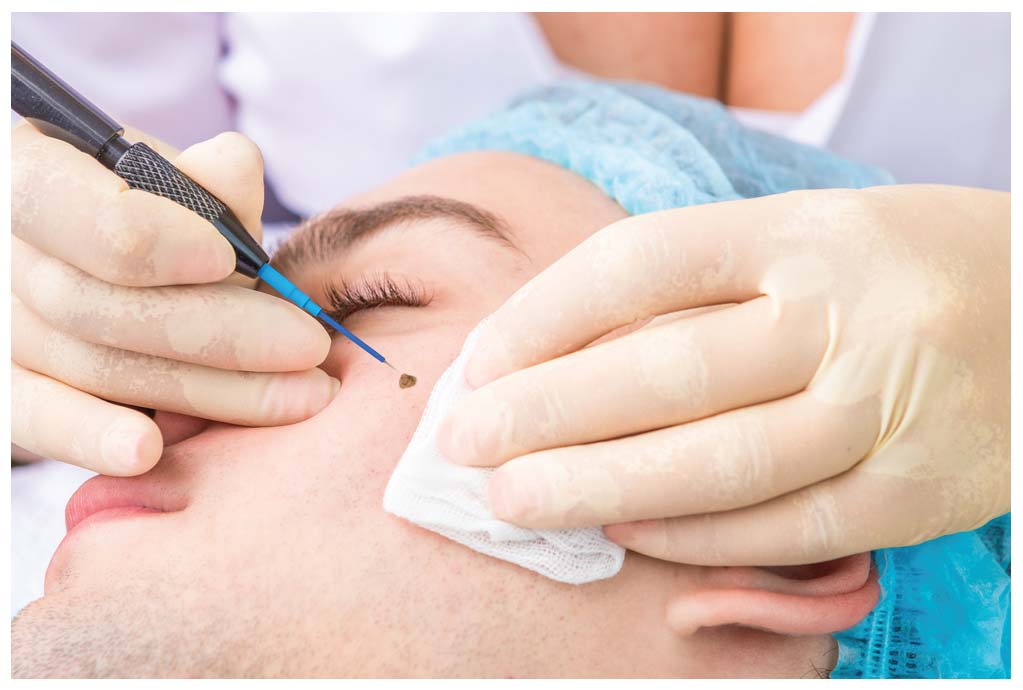
Hair Transplantation
Hair transplantation is a minor surgical procedure by which the permanent hairs from the regions of scalp that never go bald, such as sides and lower back of the head(donor area) are harvested and redistributed into the areas of permanent hair loss or thinning(recipient area). FUE is the modern approach to hair transplants and is usually favoured by patients because it leaves less obvious scarring.
The procedure is done under local anaesthesia and the patients are conscious and can converse with the surgical team during the operation. After trimming the hairs, a hairline is designed according to the patients wishes and following the generally accepted guidelines. Under local anaesthesia individual follicular unit grafts (group of 1-4 hairs) are extracted from the patient’s donor area by the help of motorized punches and carefully placed into the slits created at the recipient bald area. and the hair roots are subsequently taken out manually with forceps. Slits are created in the recipient bald area and the grafts are carefully placed into the slits. The tiny dots that occur as a result of the procedure are so small that they do not require any stitches and the scars produced are hardly noticeable unlike in the FUT technique where a linear long visible scar produced . A FUE hair transplant procedure ensures a natural-looking appearance and the donor area in the back of the head appears mostly unchanged.
Vitiligo Surgery
Vitiligo is a chronic skin disorder that causes areas of skin to lose colour. The disease has a major impact on the quality of life of patients, particularly the Indian population, in which there is a severe stigma attached to the disease. Due to these effects, there is a considerable need for active treatment of this disease..

Mole Removal
Mole removal takes only a short time and is usually done on an outpatient basis. Your doctor numbs the area around the mole and cuts it out, along with a margin of healthy skin if necessary. The procedure may leave a faint scar.
Acne Scars Surgery
This sounds scarier than it is. Dermatologists often perform this minor surgery to treat very noticeable acne scars. The goal is to create a less-noticeable scar. The remaining scar should fade with time.
To perform acne scar surgery, a dermatologist may lift the scar. Bringing a scar closer to the surface of the skin tends to make it less noticeable. Another type of acne scar surgery involves breaking up scar tissue.
A dermatologist or dermatologic surgeon can safely perform acne scar surgery in a medical office. Patients remain awake but numb so that they do not feel pain.

Corn Excision
This is a simple and safe office procedure. The incidence of recurrence is reduced as the whole corn with the central core is excised in toto. Multiple corns can be removed in a single session. There is immediate pain relief, no requirement of rest and the patient can return to the workplace immediately.
Botox
Botox injections are noted primarily for the ability to reduce the appearance of facial wrinkles. They're also used to treat conditions such as neck spasms (cervical dystonia), excessive sweating (hyperhidrosis), an overactive bladder and lazy eye. Botox injections may also help prevent chronic migraines.

Scar Revision
Scar revision surgery improves the appearance of a scar. Scar revision surgery may involve relocating a scar. Most people seek scar revision surgery for cosmetic reasons. Scar revision surgery is sometimes medically necessary to restore function of the affected body part or to relieve symptoms, such as pain.
Cyst Removal
Sebaceous cyst removal is usually an outpatient procedure and may be performed under local or general anesthesia. Before surgery, your doctor may draw a line above the cyst to mark the incision location. During the surgery, your doctor numbs the treatment area and cuts along the line with a scalpel.

Electrocautery
If you have a nail condition that cannot be resolved by routine care at the clinic, we may advise that you have either part of the nail removed (a partial nail avulsion) or the whole of the nail removed (a total nail avulsion). We then apply a chemical to the nail bed to stop the nail growing back.
The most common reason for having nail surgery is an ingrowing toenail. Anyone who has experienced this condition will know just how painful it is and also how frequently it causes painful infections. Removal of the piece of nail will relieve the pain and eliminate the cause of infections. Sometimes nails are very thick and cause pain or discomfort from shoe pressure. In this case the whole of the nail needs to be removed.

